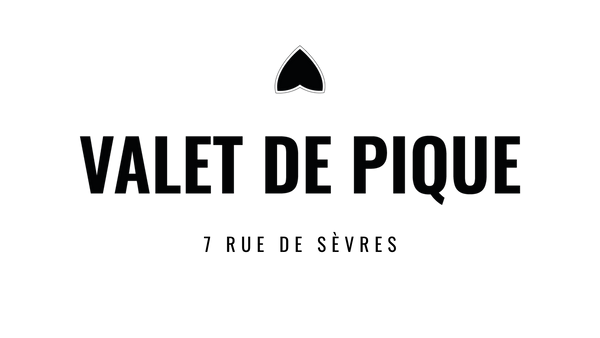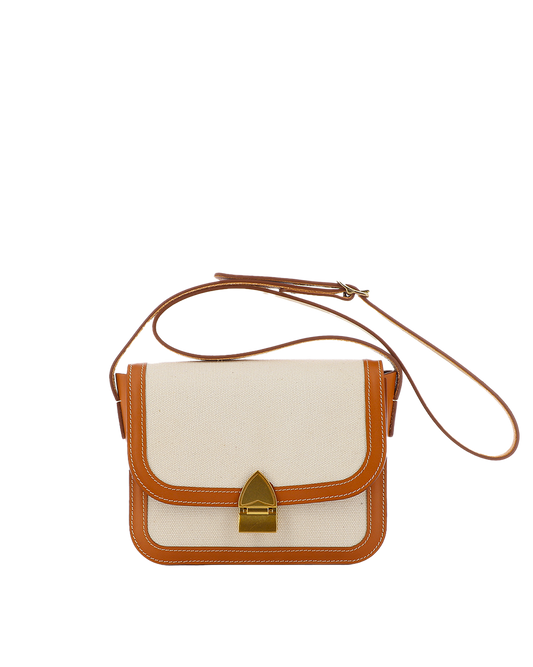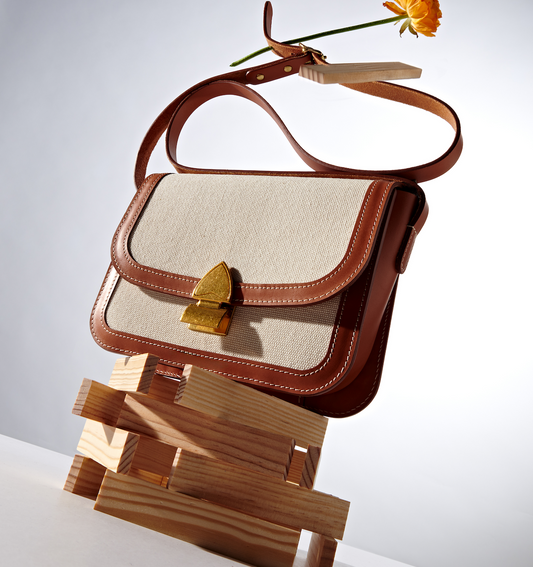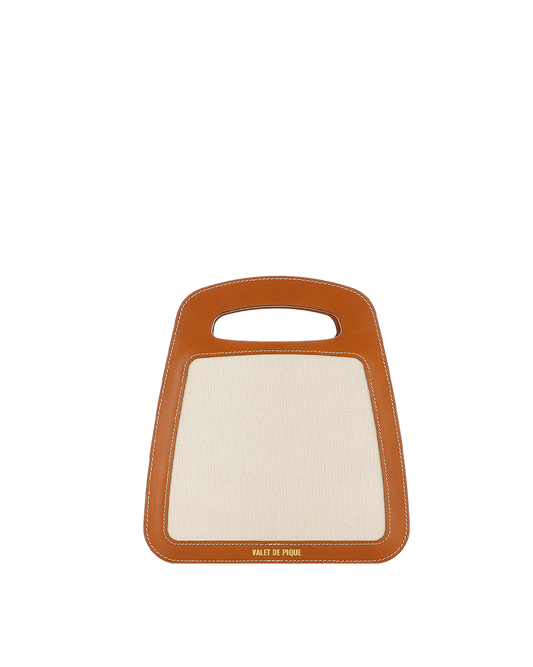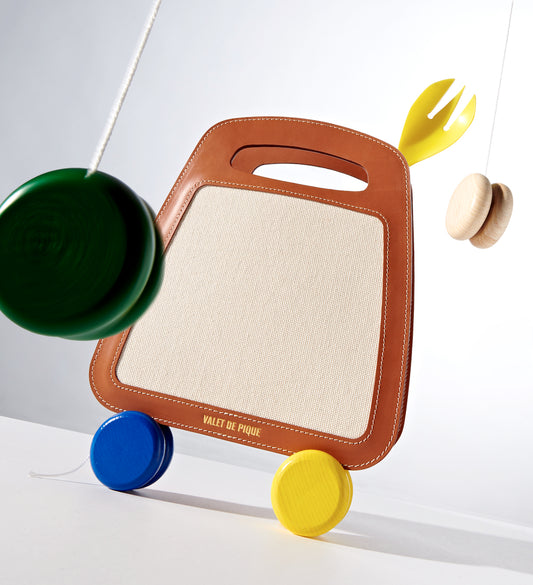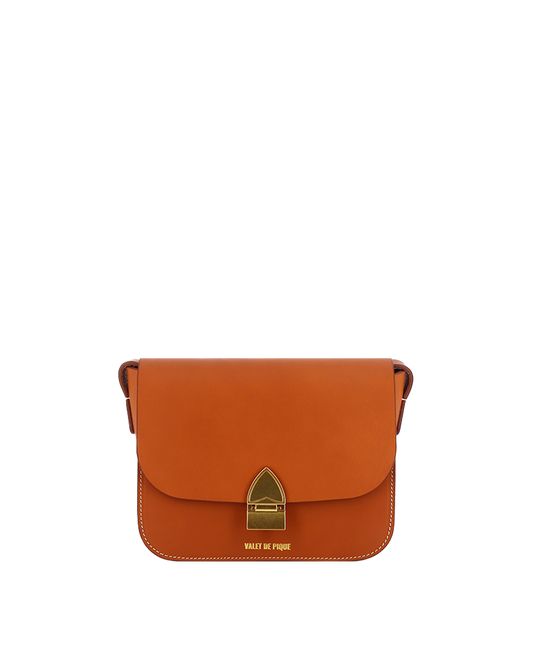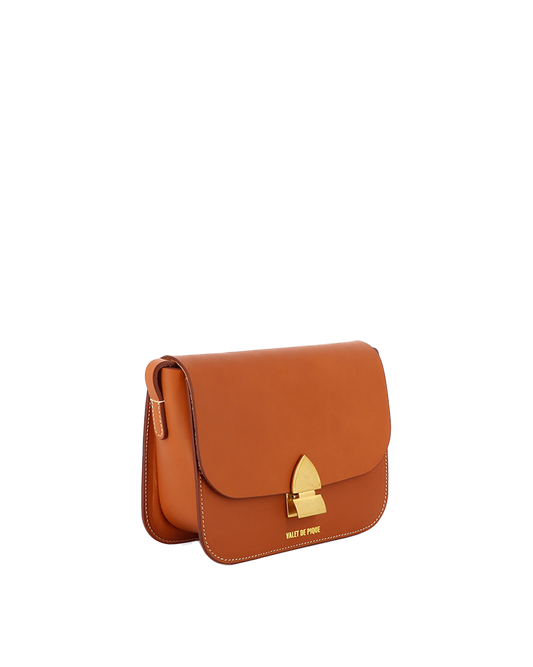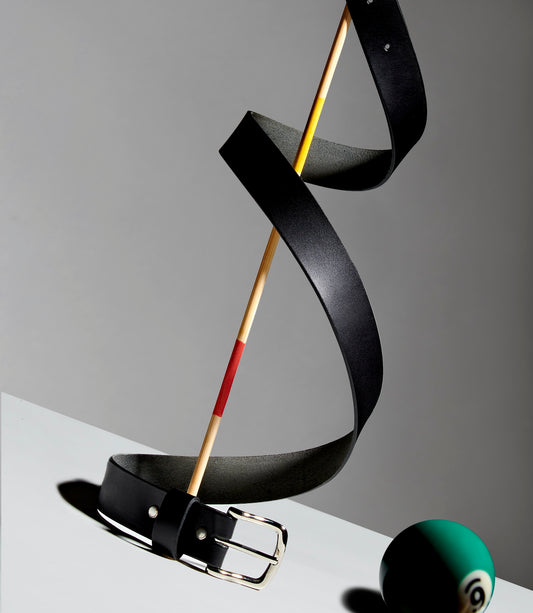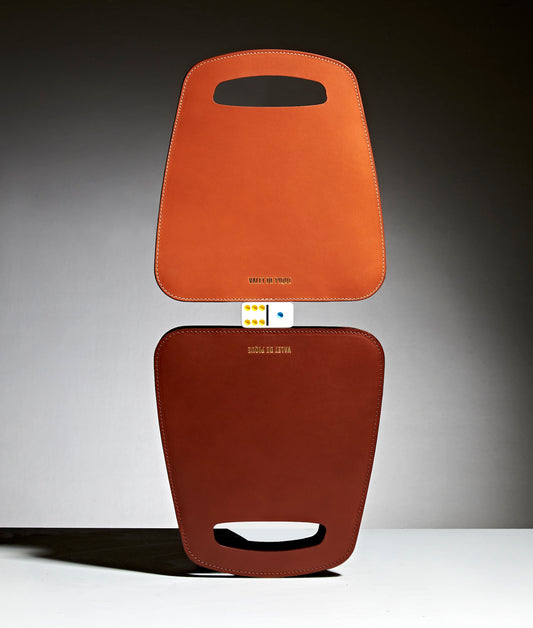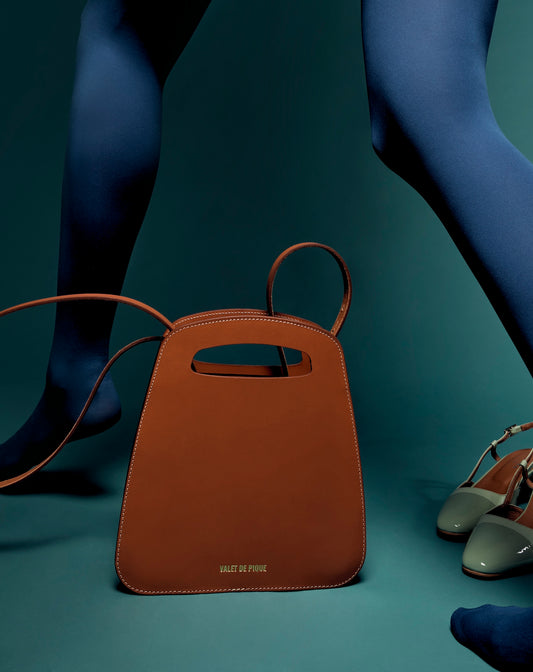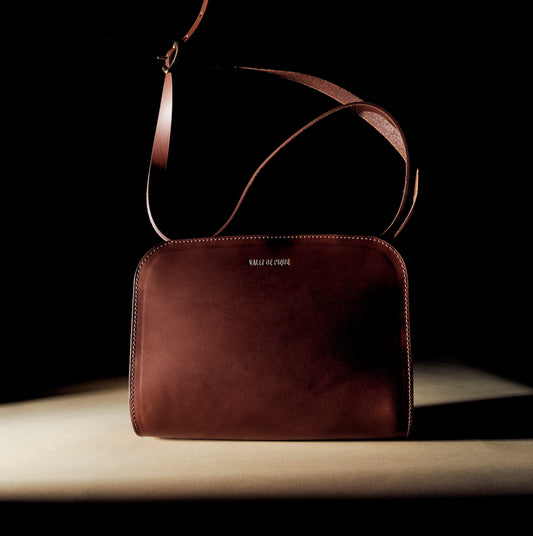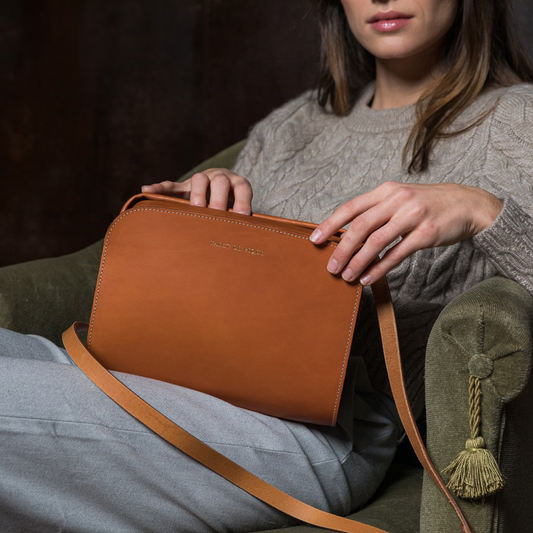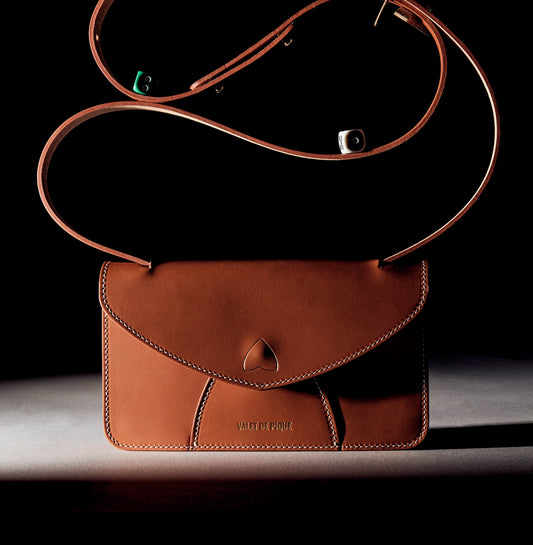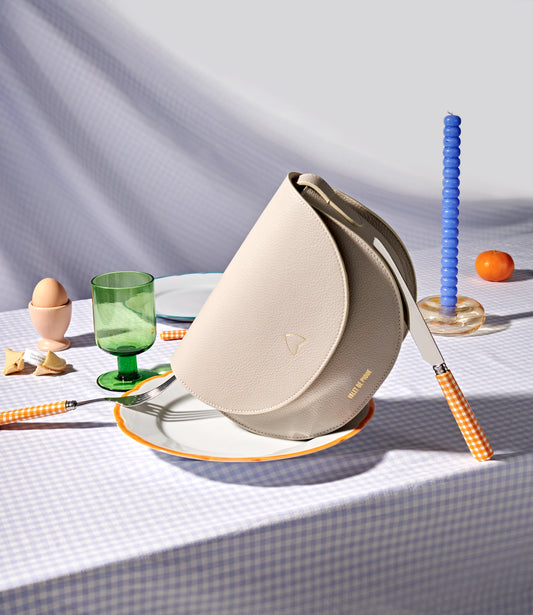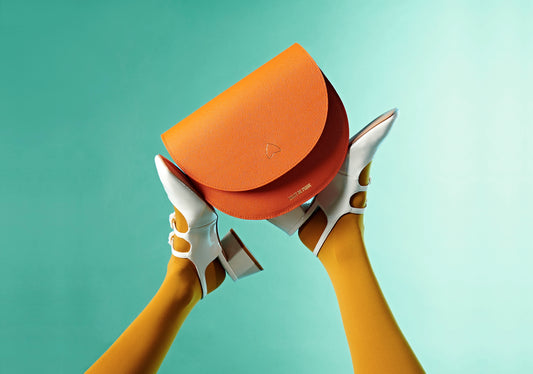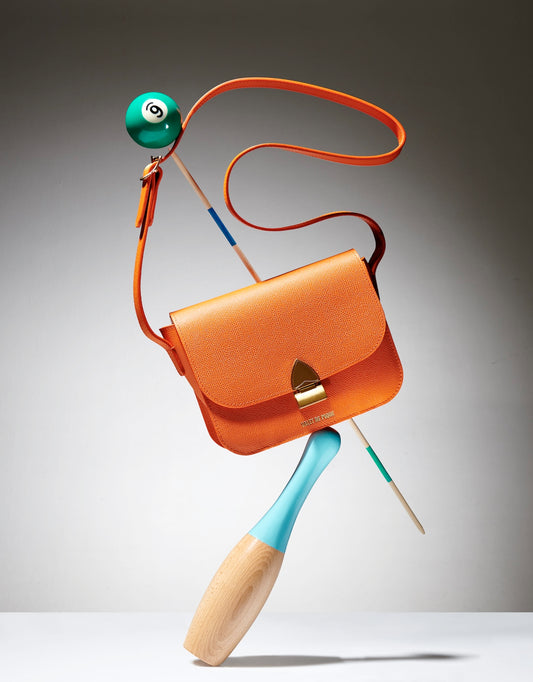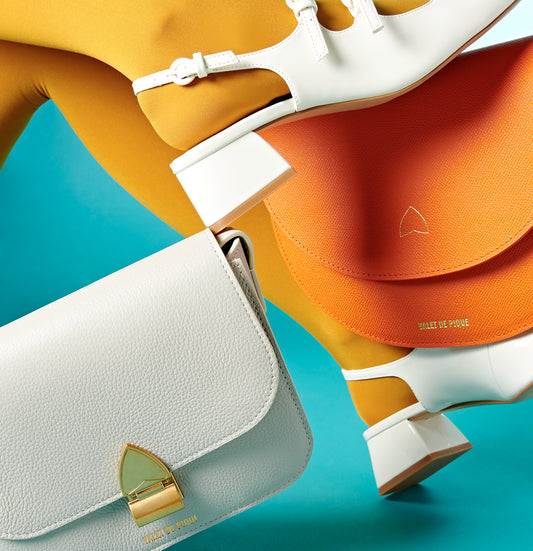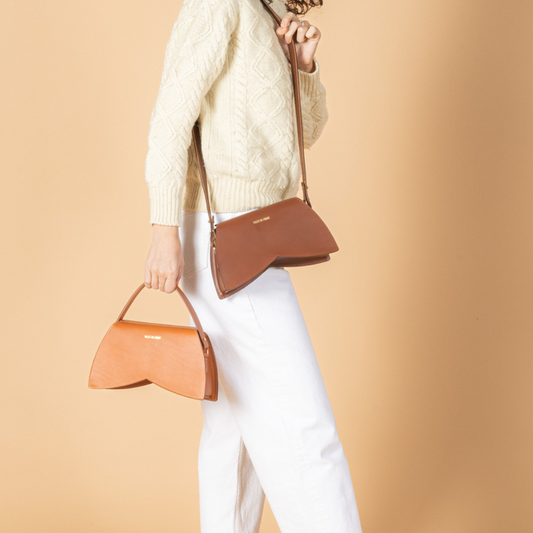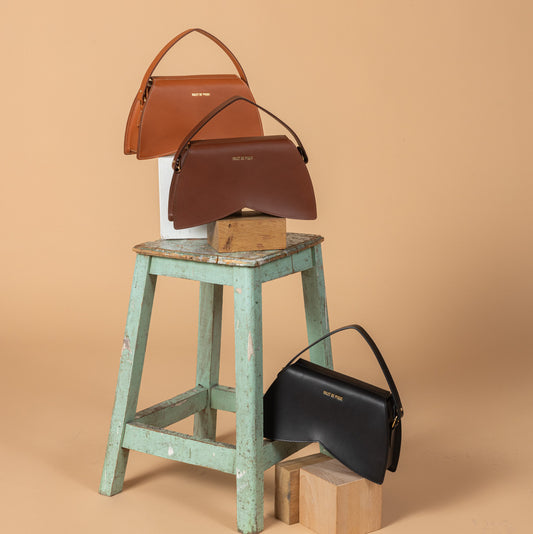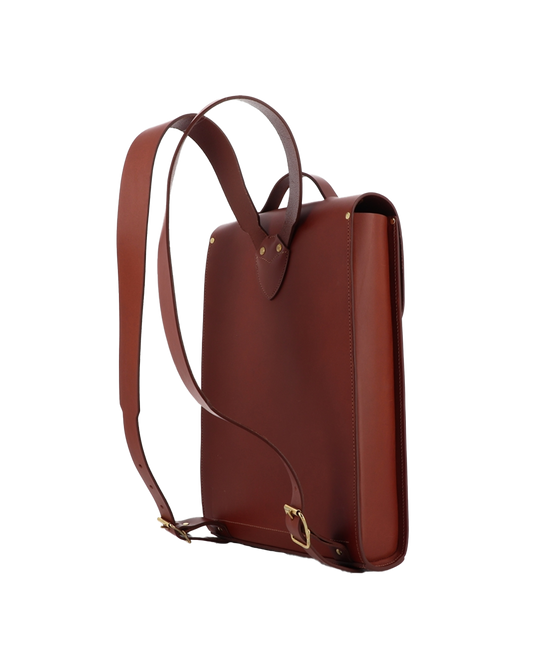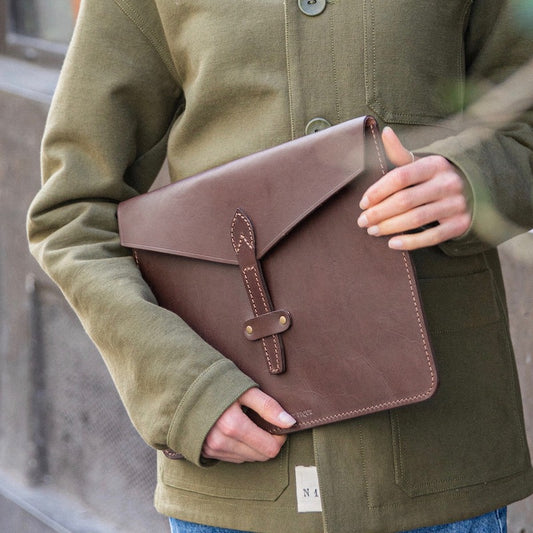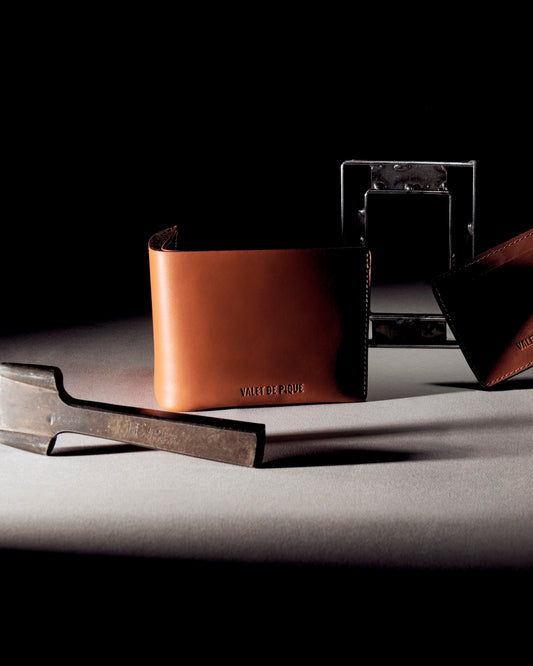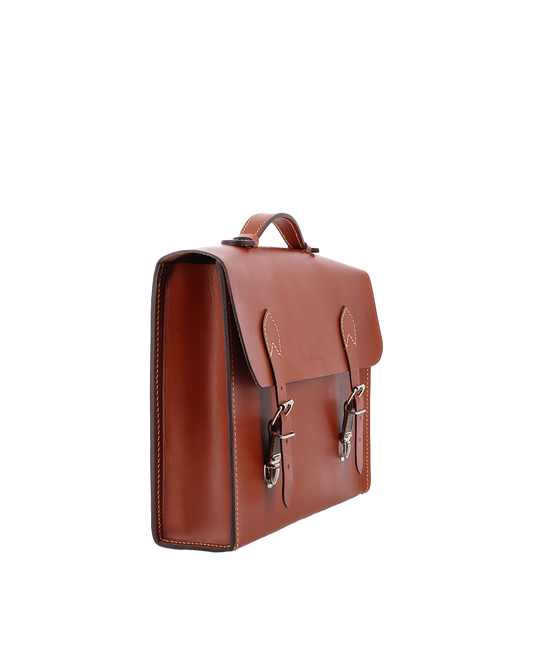Leather is one of the oldest discoveries of mankind, and especially one of the most useful. Our ancestors used leather to protect themselves from their environment. Indeed, primitive man hunted wild animals for food and then made clothes, shoes and rough tents from the skins.
As in those days, the skins used today are by-products.
Animals are raised for their meat, dairy products and wool industries, not for their hides. Today, about half of all leather production is used to make shoes, and 25% is used to make clothing. The demand for upholstery fabric represents only 15% of total production. And leather goods represent the remaining 15%.
TANNING SINCE THE 1900S
Wall paintings and artifacts in Egyptian tombs dating back to 5000 BC indicate that leather was used to make sandals, clothing, gloves, buckets, bottles, shrouds for burying the dead, and military equipment.
The ancient Greeks are credited with developing a tanning technique, using the bark of certain trees and leaves soaked in water to better preserve the leather. This is the first evidence of vegetable tanned leather, which became a well-established market in Greece in 500 BC.
The Romans used leather extensively, for making shoes, clothing, and military equipment, such as shields, saddles, and harnesses.
Because of its durability and comfort, leather has been used extensively for seating throughout the history of transportation and furniture. It has always been the ideal material for saddles and saddlery in general, as well as for shoes. During the Middle Ages, chairs for meals were covered with leather, because it allowed a good support and especially did not absorb the smell of food.
The emergence of industrialization in the 18th and 19th centuries generated a significant demand for new styles of leather, such as leather belts to drive machinery. With the invention of the automobile, a demand for lighter, more flexible footwear that conformed to the aesthetic trends of the time, and a general improvement in living conditions generated a demand for soft, light, and colorful leather. The traditional vegetable-tanned leather was too firm and thick to meet these expectations. As a result, chrome salt was adopted, and chrome tanning became the standard for modern footwear, and fashionable upholstery leathers.
Leather continues to be a material used not just for fashion and furniture, but for automotive, aviation and marine applications as well.

